The True Costs of Database Downtime—and Why Modernization Can’t Wait

How to Build a Business Case for Modernization
In today’s always-on business environment, database downtime isn’t just an inconvenience—it’s a direct hit to revenue, productivity, and customer trust. Despite this, many organizations delay modernization efforts due to perceived costs and complexity. However, the real question is: can your business afford not to modernize?
Read on to learn more about the financial and operational costs of database downtime as well as a clear framework to build a compelling business case for modernization.
Five Hidden Costs of Database Downtime
When a database goes down, the impact ripples across the entire organization. Some of the most significant costs include:
1. Lost Revenue
For companies reliant on digital transactions, every second of downtime translates to lost sales. Amazon, for example, once reported that a one-second slowdown could cost $1.6 billion annually. While your business might not operate at Amazon’s scale, even brief outages can lead to significant revenue loss.
2. Lost Productivity
A database failure means employees can’t access critical systems, resulting in downtime that halts operations. Whether it’s finance teams unable to process invoices or customer service reps locked out of support portals, downtime disrupts workflows and reduces overall efficiency.
3. Damaged Customer Trust and Brand Reputation
Today’s consumers expect 24/7 availability. If your database fails, customers may turn to competitors instead of waiting for service to resume. Worse yet, frequent outages can erode long-term trust, leading to customer churn and negative brand perception.
4. Regulatory and Compliance Risks
Many industries require strict uptime guarantees due to compliance regulations. Unexpected outages can result in hefty fines, legal liabilities, or audit failures, increasing both financial and reputational risks.
5. Emergency Recovery Costs
Beyond lost revenue, the costs of emergency IT interventions can be staggering. Organizations often pay a premium for after-hours IT support, expedited cloud migrations, and patchwork fixes—all of which can add up quickly.
How to Make the Case for Modernization in Five Steps
Given these risks, database modernization isn’t just a technical upgrade—it’s a strategic investment. Here’s how to build a strong business case for modernization:
1. Quantify Downtime Costs
Start by making a rough calculation of your organization’s downtime costs using this formula:
[(revenue per hour/operating hours) × downtime hours] + recovery costs + employee productivity loss + damage to customer trust + damage to reputation = total downtime costEven conservative estimates often reveal that the cost of inaction outweighs the cost of modernization.
2. Highlight Competitive Advantages
Modernized databases offer improved scalability, enhanced security, and better performance. Faster access to real-time data can unlock competitive advantages, from personalized customer experiences to data-driven decision-making.
3. Emphasize Security and Compliance Benefits
Outdated databases are vulnerable to cyber threats and compliance failures. Upgrading to a modern system strengthens security, reduces breach risks, and ensures regulatory compliance.
4. Include Cloud and Automation Savings
Modern cloud-based databases offer built-in redundancy, automated backups, and real-time monitoring, reducing the likelihood of costly outages. They also eliminate maintenance burdens, freeing up IT resources for more strategic initiatives.
5. Showcase ROI and Long-Term Savings
While modernization has upfront costs, the long-term benefits—fewer outages, lower maintenance costs, and better performance—lead to substantial ROI. By framing modernization as an investment rather than an expense, leadership is more likely to approve the initiative.
Take the Next Step
Database downtime is a preventable risk that businesses can no longer afford to ignore. By making a clear, data-driven case for modernization, IT leaders can secure executive buy-in and drive long-term resilience for their organizations.
Are you ready to evaluate your database infrastructure? Schedule a free, no-obligation discovery call to learn how modernization can future-proof your business.


Recent Comments